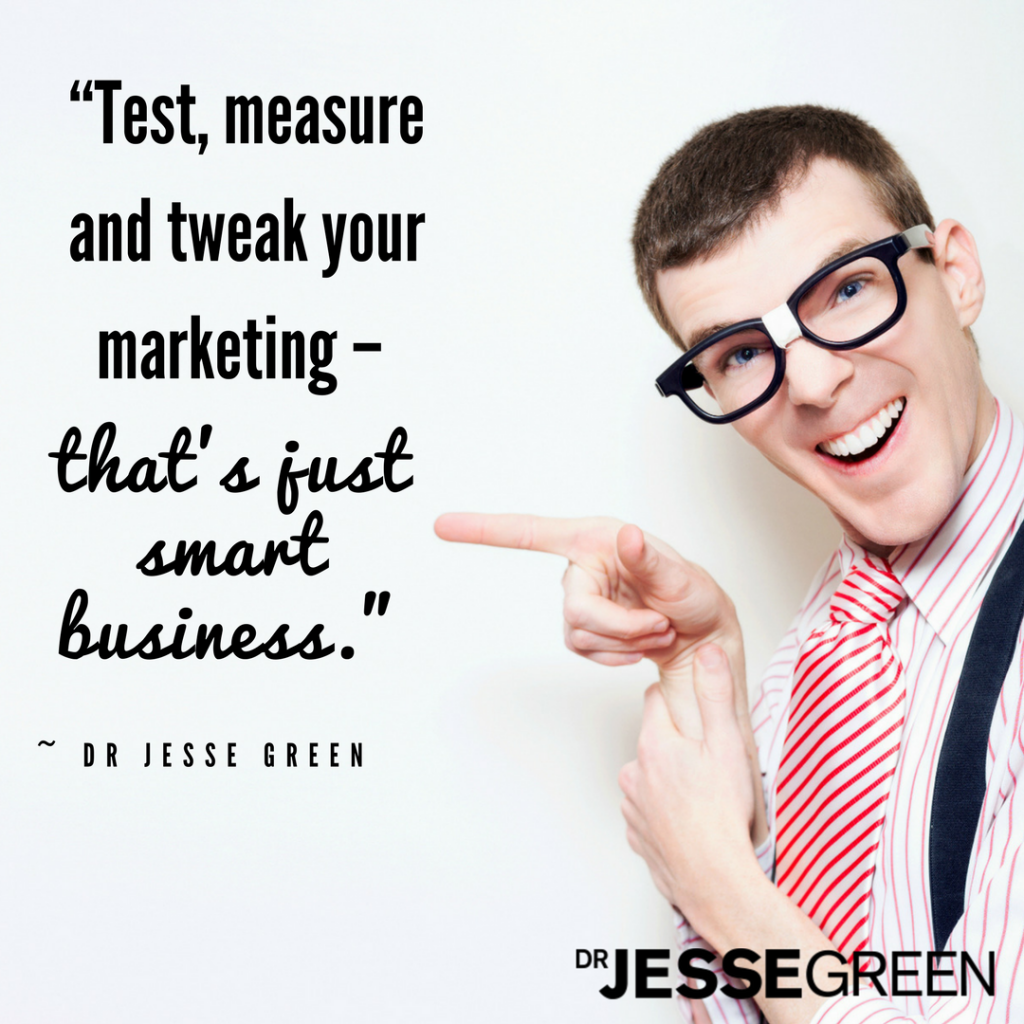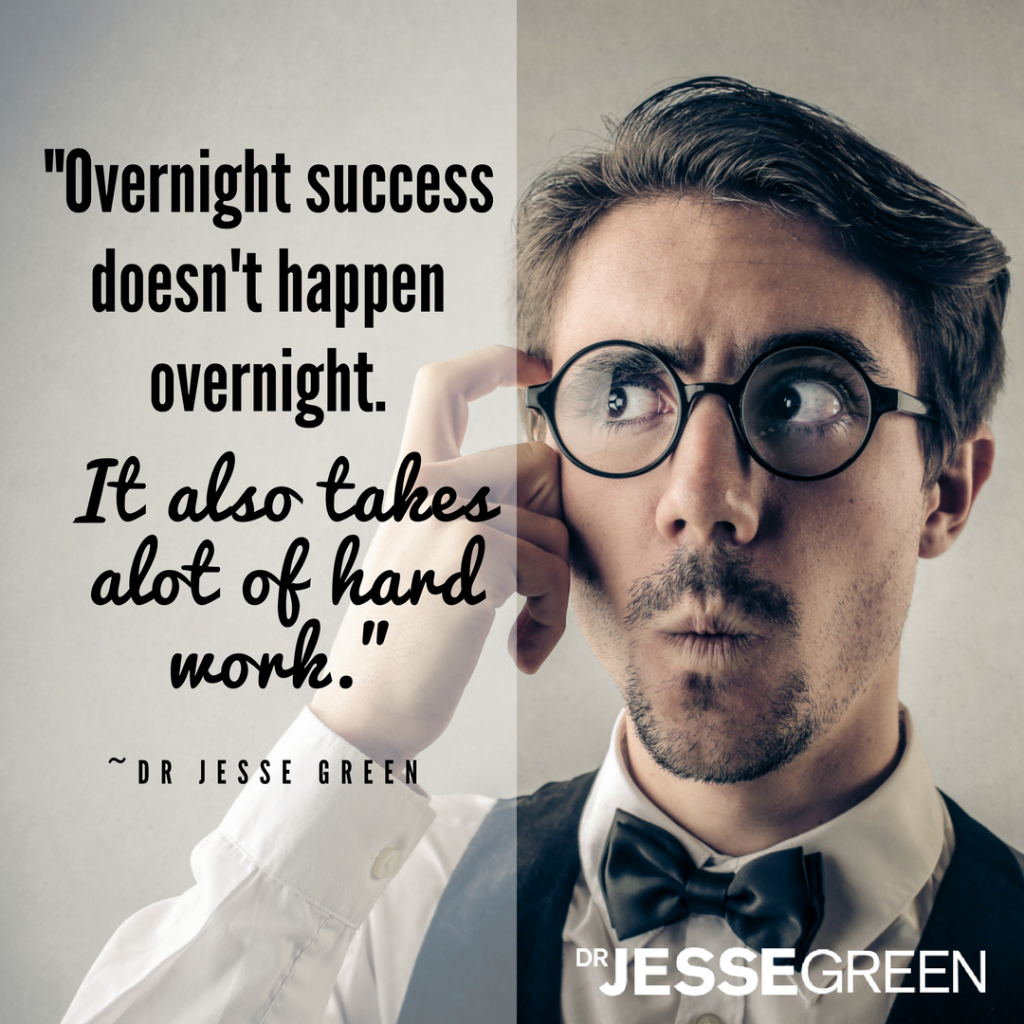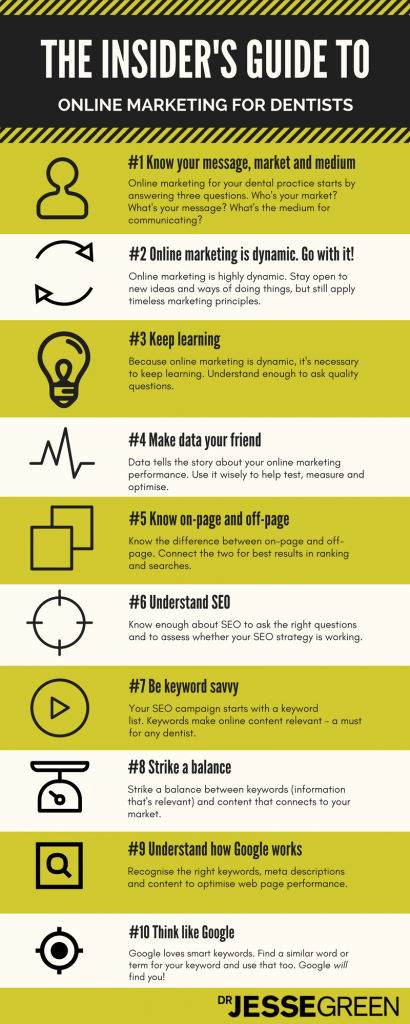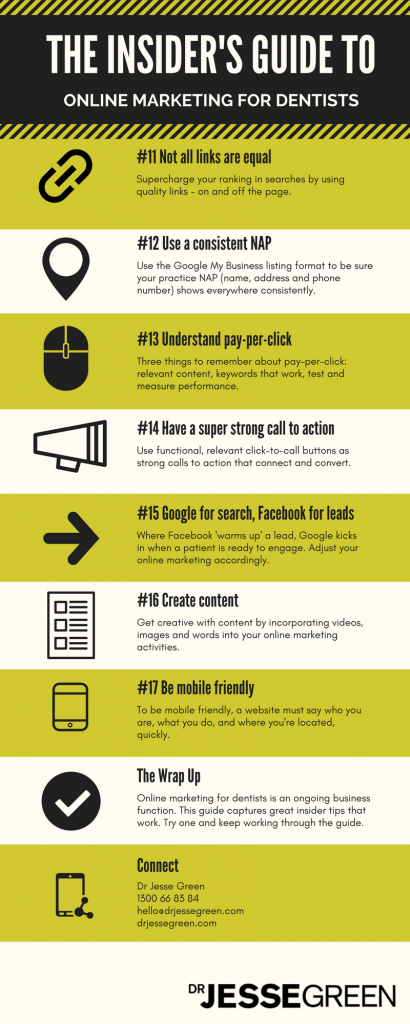Anyone who’s worked with me for a while will know I love marketing.
I live and breathe it.
It’s one of my favourite parts of our coaching program.
I’m always reading marketing books (Amazon loves me).
I study the work of business leaders and constantly scan different industries, always on the look out for new and different ways of doing things with marketing.
As an area of business that’s constantly changing, marketing presents a challenge for any business owner. Knowing and applying what does and doesn’t work can change every week. This leaves us with the feeling we’re walking in quick sand.
Because there are so many diverse – and seemingly intangible – aspects to marketing, it’s a relief to know there are parts of it that are more grounded.
And that’s where neuroscience comes into the equation.

What’s the connection between neuroscience and marketing?
Without complicating it too much, neuroscience in marketing is really about understanding the psychology and emotions behind a customer’s purchase decision.
Typically, many business owners tend to focus on the technical detail of their product or service offering when they start marketing.
You would recognise this as a focus on price, or the very specific detail of how something works. It can also be seen in how much a business talks about itself. For businesses marketing this way, an emphasis on features and benefits tends to dominate their marketing.
Is lots of technical information a bad thing? Well, let’s just say there’s a time and place for it.
There will always be people who want to delve into the detail, but usually it’s not the first thing that people respond to in marketing.
System one, system two
A simple way of looking at it is to consider it in terms of system one and system two thinking.
System one thinking is intuitive, emotional, rule-based and energy efficient. It responds to emotional and non-conscious appeals. This is where a lot of decisions get made.
System two thinking is more about the detail. It requires more brain power and it can be harder for people to make decisions there.
If we look at it from the perspective of dentists, a certain amount of technical knowledge and skill is a very good thing. Patients want their dentist to be all over the technical.
This approach instils confidence in you as a clinician. It provides certainty for the patient about the treatment pathway. And it gives assurance about the wise investment.
All good stuff, but in the realm of marketing, a different kind of technical is needed.
Less about the specific details of a product or service, neuroscience in marketing invites us into less familiar territory. It asks us to connect with emotions, feelings and other less tangible aspects of human psychology.
Savvy marketers have known this intrinsically for a long time; now we have neuroscience to back it up.
How big brands do it
In simple terms, we’re looking for the unconscious reasons someone buys something and design the marketing around that.
Big brands, like BMW and Coca Cola marketed this way long before the neuroscience of marketing was understood. Now they invest big dollars into understanding how people process information. Expensive neuroscience-based research is part of their marketing plan.
What are they trying to discover?
What goes on inside a person’s brain in response to their marketing. They also want to understand more accurately the motivations and underlying emotions a person is experiencing.
They will use tools like eye tracking, facial analysis and magnetic resonance imagery to measure brain activity and assess how people respond to their marketing.
Getting down to this level of detail gives vital clues to as why and when a person will click and buy.
Now these research activities go well beyond the time and budget of most small and medium-sized businesses.
However, it is possible to apply some of the same principles to yield solid results from your marketing effort. And you might be surprised to know, these things are well within the reach of any dentist.
A picture says a thousand words
Yes, it’s a cliché, but it’s true.
Imagery – the kinds of photos you use in your marketing and advertising – make a big difference. This is especially true in today’s highly mobile world, where images and video are a dominant feature of the marketing landscape. Why? Because images create (and deepen) the emotional impact of marketing.
Have you ever considered the way an image draws your attention to the eyes of the person or whether it diverts your eyes to the headline?
Neuroscience tells that the image that diverts our attention to the headline is more effective.
The job for us? Choosing a picture that conveys a simple message and elicits an emotional response in the viewer.
Practically, this means spending time thinking about, searching for, or creating, the kind of images you feel will resonate with your market.
It’s a task that look deceptively easy, but requires consideration, time and patience. As a rule of thumb, think natural and real (yes, use your own patients, team and practice), rather than stock images.

It’s (almost) all in the words
Our choice of words is another area that has a huge impact on our ability to market to, and influence, our audience.
Words have a wonderful way of impacting people, particularly when there’s a sensory dimension to them.
In my recent podcast interview with Roger Dooley, he mentioned the difference between having a ‘hard’ day and a ‘rough’ day.
A rough day is a description that has more ‘texture’ to it and will be more impact than simply saying a hard day. It’s this kind of distinction in language that is good to keep in mind, particularly now as the need for quality content increases.
Yes, it’s vital to ensure your website, advertising or blog content is optimised for Google’s search engine (and is SEO friendly), but the days of using keywords for the sake of keywords are gone.
Content now must strike a balance between quality and ability to convert.
Doing this, means creating really useful content people can use, and hopefully share. The key? Make your content the best quality possible.

Links and length matter
Quality isn’t only linked to what you say. It’s also closely tied to the quantity of it, as well as the way it’s linked.
In layman’s language, this means longer blog posts. Once upon a time, content was produced for the sake of content. Now, it has to be useful.
You might recognise content like this presented as mini e-books, long form blog posts and white papers.
When it comes to links in your post or ad, make sure they work for you. Ad links taking the visitor to a landing page dedicated to a specific product, service, promotion, or newsletter sign up is the way to go. Ad links that take a person to a specific page on your website are not.

Test, measure and tweak
Once you’ve established some quality content or advertising campaign, the work doesn’t stop. It’s now time to assess what works and doesn’t.
For those of us who are less patient, this can be frustrating. Preferring a ‘set and forget’ approach, we kind of want to know yesterday if our marketing works.
A word of advice: test and measure might not be your preferred way of assessing whether an ad or your content is working, but it is a great way to check the return on your time and financial investment in your content and paid advertising. And that’s just smart business.
In the world of online marketing, this is called A/B testing and it’s another technique engaged by the big brands.
For a dental practice, it might look like this: you might run the same promotion, but have it placed in slightly different locations, with slightly different language.
The purpose? To assess where and how to optimise the ad for best results. When you uncover that, you can refine it and do it again.
A final marketing word
Applying these principles to your marketing efforts doesn’t need to be complicated. What’s more important is to start with one thing. Master that and move to the next one.
Accepting that it’s a constant process of trialling, learning and refinement is part of the process. It’s also the best way to get the results you’re after.











